Archaeology isn’t exactly the most glamorous job out there. You can spend years digging around in the dust and dirt only to come up empty-handed. Sometimes, though, you hit the jackpot with a find that changes everything.
One team of archaeologists has recently stunned the global archaeological community after unearthing a 2,800-year-old Lydian palace in western Türkiye that challenges previously held ideas about the ancient civilization. Take a closer look.
Archaeologists have unearthed a 2800-year-old Lydian palace in western Türkiye that’s shedding new light on the ancient civilization
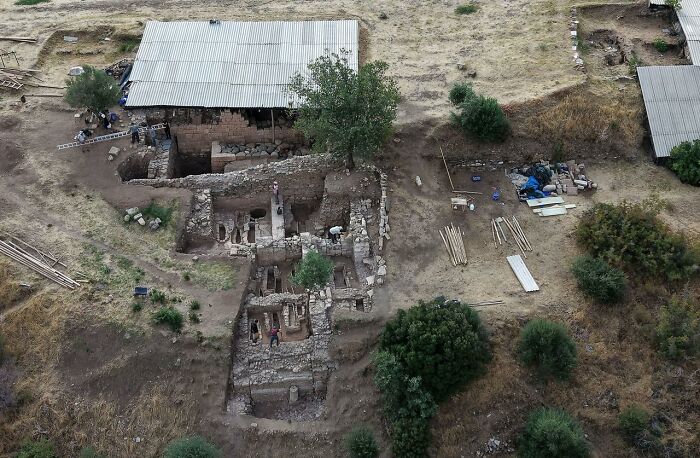
Image credits: AnadoluTarihii / X
The palace ruins were discovered about eight meters underground, buried beneath later layers from the Persian, Hellenistic, Roman, and Byzantine periods
Archaeologists in Sardis, a UNESCO World Heritage Site in western Türkiye, have discovered the ruins of a Lydian palace that dates back to the 8th century B.C. The site, situated in Salihli, a district of Manisa province, was at one point in history the capital of the Lydian Kingdom.
Excavations in Sardis have been ongoing for more than a century, most recently under the care of Professor Nicholas Cahill, who hails from the University of Wisconsin. Cahill explains that experts and academics have long held the impression that Lydians lived in villages until the 7th century, only developing urban life much later on.
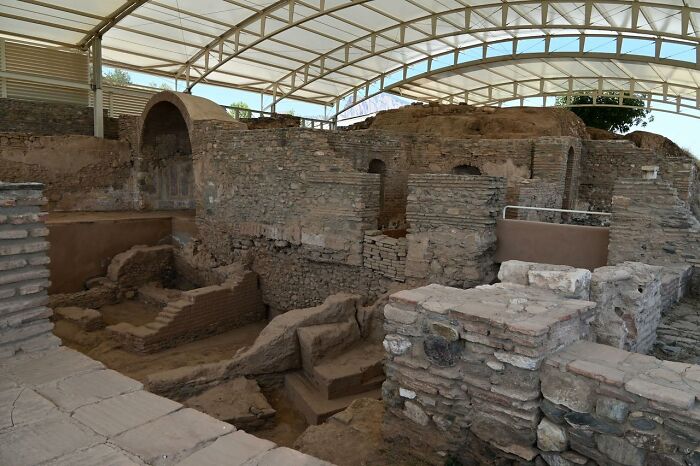
Image credits: AnadoluTarihii / X
The site lies in Salihli, and was once the capital of the Lydian Kingdom, the place where coins were first minted under state authority
This latest unearthing challenges these previously held notions. Cahill notes, “Historians once thought the Lydians only began urbanization in the seventh century B.C. and had lived in villages before that. These findings prove otherwise. Sardis was already a major monumental city in the eighth century B.C. The terrace system began then, showing the Lydians were an Anatolian civilization looking eastward, not a Greek one.”
The remnants of the palace were discovered approximately 8 meters underground, beneath later layers from the Persian, Hellenistic, Roman, and Byzantine periods. The palace’s stone walls, measuring between 1.5 and 2 meters thick, stand over 6 meters tall, offering experts fresh insights into the scale of Lydian architecture.
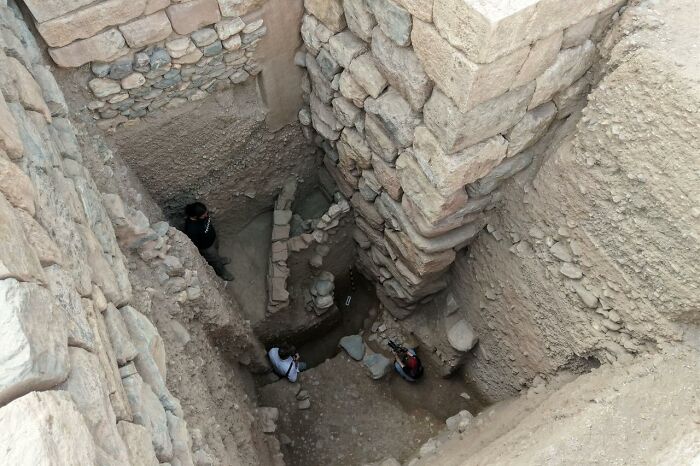
Image credits: AnadoluTarihii / X
Significant finds at the site include 30 bronze arrowheads, fragments of human skeletons, and nine silver coins dating to the early sixth century B.C., considered among the oldest on the planet. These groundbreaking discoveries emphasize the importance of Sardis as a political and economic hub of its time. With the 2025 archaeological season now over, work at the site is anticipated to continue in the next excavation period.
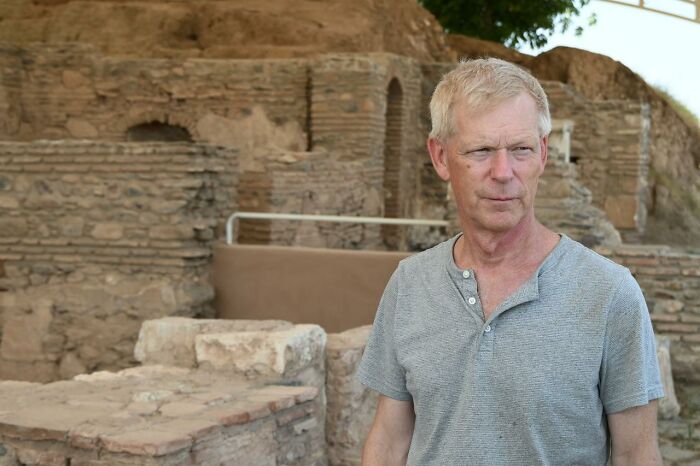
Image credits: Ahmet Bayram / AA
Scholars had long believed the Lydians lived in villages until the seventh century B.C., but this monumental find challenges the previously held notion
Lydia’s prominence grew in the first millennium BC, particularly under kings like Gyges and Croesus. However, the kingdom eventually fell to the Persian king Cyrus the Great in the mid-6th century B.C. Renowned for their rich deposits of gold and silver, the Lydians are credited with being the first to mint coins, revolutionizing trade and commerce.
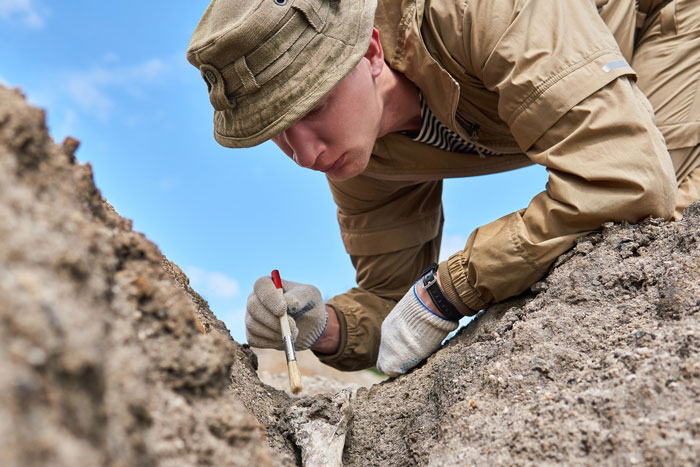
Image credits: haritonovstock / Freepik (not the actual photo)
The Lydians interacted with the Greeks, adopting some of their customs and influencing their development, particularly when it came to commerce. They also had their own distinct culture, including a mother goddess and a vegetation goddess, and spoke an Indo-European language related to Hittite.
The Lydian military was known for its powerful cavalry, particularly their “horse-fighters” (hippomachoi), and their expertise in archery. They were also described as valiant and warlike, with a military organization similar to the early Greeks. Lydia’s economic strength likely contributed to its ability to fund and maintain a strong military.
The discovery underlines the significance of Sardis as a political and economic hub of its time, and work at the site will carry on in the next excavation period
 Follow Us
Follow Us





